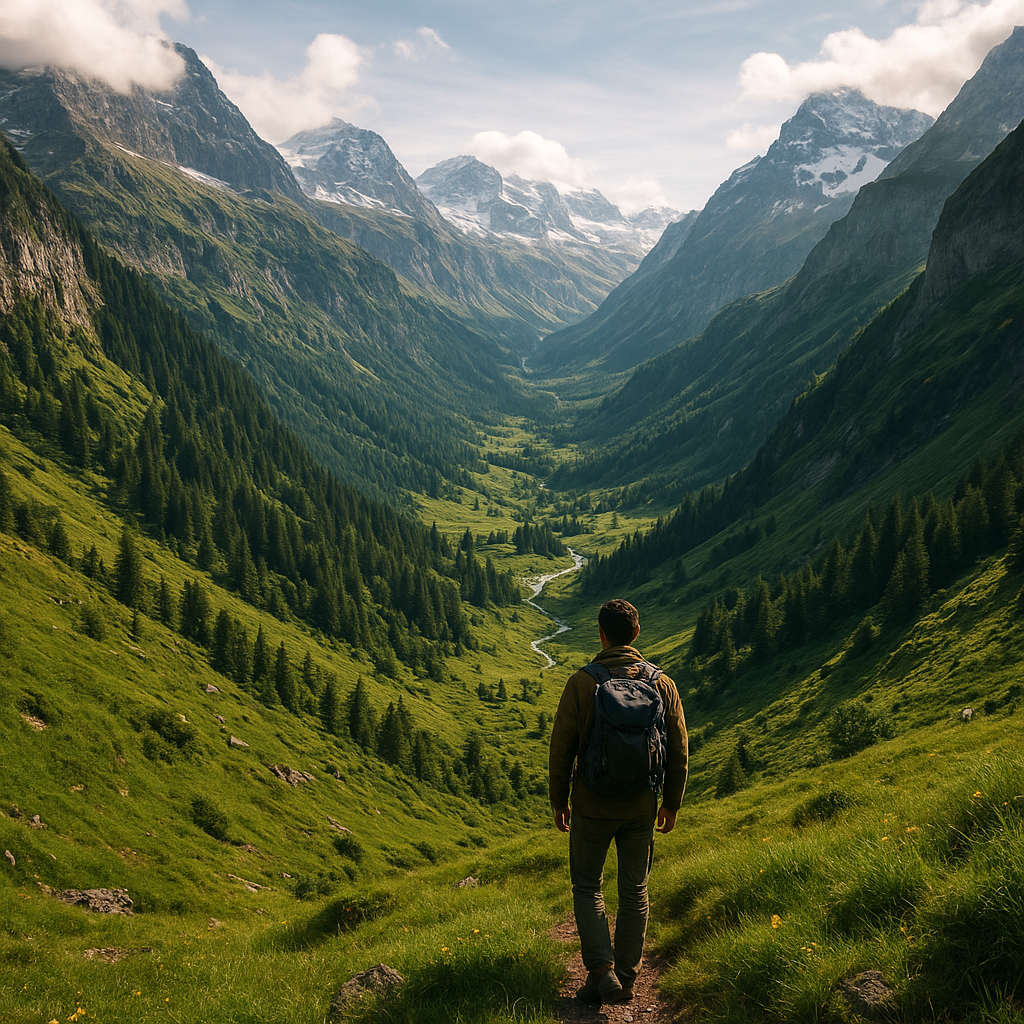
Protecting your skin from UV rays in high altitudes is crucial for maintaining healthy and youthful skin. The unique environmental conditions found in mountainous regions can significantly impact your skin, making it essential to adopt specific skincare practices. This article delves into the reasons why UV protection is vital in high altitudes and offers practical tips to safeguard your skin.
Understanding the Impact of UV Rays at High Altitudes
At higher altitudes, the atmosphere is thinner, which means there is less air to filter out harmful ultraviolet (UV) rays. As a result, UV radiation is more intense, increasing the risk of skin damage. For every 1,000 meters (3,280 feet) you ascend, UV levels increase by approximately 10-12%. This heightened exposure can lead to a range of skin issues, from sunburn and premature aging to more severe conditions like skin cancer.
The Science Behind UV Radiation
UV radiation is divided into three types: UVA, UVB, and UVC. While UVC rays are mostly absorbed by the Earth’s ozone layer and do not reach the surface, UVA and UVB rays penetrate the atmosphere and affect the skin. UVA rays penetrate deeper into the skin, causing long-term damage such as wrinkles and age spots. UVB rays, on the other hand, are responsible for sunburn and can directly damage the DNA in skin cells, leading to skin cancer.
Why High Altitudes Increase UV Exposure
Several factors contribute to the increased UV exposure at high altitudes:
- Thinner Atmosphere: The reduced atmospheric thickness means fewer UV rays are absorbed before reaching the surface.
- Reflection from Snow and Ice: Snow and ice can reflect up to 80% of UV rays, effectively doubling your exposure.
- Proximity to the Sun: Being closer to the sun means that UV rays have a shorter distance to travel, reducing the amount of scattering and absorption.
Effective Strategies for UV Protection in High Altitudes
Given the increased risk of UV exposure in high altitudes, it is essential to adopt comprehensive protective measures. Here are some effective strategies to keep your skin safe:
Use Broad-Spectrum Sunscreen
One of the most effective ways to protect your skin is by using a broad-spectrum sunscreen that shields against both UVA and UVB rays. Look for a sunscreen with an SPF of at least 30, and apply it generously to all exposed skin. Reapply every two hours, or more frequently if you are sweating or swimming.
Wear Protective Clothing
Clothing can provide an additional layer of protection against UV rays. Opt for long-sleeved shirts, long pants, and wide-brimmed hats to cover as much skin as possible. Consider clothing with a UPF (Ultraviolet Protection Factor) rating for added protection.
Use Sunglasses with UV Protection
Your eyes are also vulnerable to UV damage, which can lead to conditions such as cataracts and macular degeneration. Invest in sunglasses that offer 100% UV protection to shield your eyes from harmful rays.
Seek Shade Whenever Possible
While it may be challenging to find shade in mountainous regions, take advantage of natural shelters such as trees or rock formations. If you are hiking or skiing, take breaks in shaded areas to reduce your overall UV exposure.
Stay Hydrated
High altitudes can be dehydrating, which can exacerbate the effects of UV damage on your skin. Drink plenty of water to keep your skin hydrated and maintain its natural barrier function.
Special Considerations for Winter Sports Enthusiasts
Winter sports enthusiasts, such as skiers and snowboarders, face unique challenges when it comes to UV protection. The combination of high altitudes, reflective snow, and prolonged exposure can significantly increase the risk of skin damage. Here are some additional tips for winter sports enthusiasts:
Apply Sunscreen to Exposed Areas
Even if you are bundled up, certain areas of your skin, such as your face and neck, may still be exposed. Apply sunscreen to these areas, and don’t forget often-overlooked spots like the ears and the underside of the chin.
Use Lip Balm with SPF
Your lips are particularly susceptible to UV damage and can easily become chapped and sunburned. Use a lip balm with SPF to protect your lips from the sun’s rays.
Wear a Helmet with a Visor
A helmet with a visor can provide additional protection for your face and eyes. Make sure the visor is UV-protected to shield your eyes from harmful rays.
Consider a Face Mask or Balaclava
In extremely cold conditions, a face mask or balaclava can protect your skin from both the cold and UV rays. Look for options that offer UV protection for added safety.
Conclusion
Protecting your skin from UV rays in high altitudes is essential for maintaining healthy and youthful skin. The increased intensity of UV radiation at higher elevations can lead to a range of skin issues, from sunburn and premature aging to more severe conditions like skin cancer. By understanding the impact of UV rays and adopting effective protective measures, you can enjoy the beauty of the mountains while keeping your skin safe. Remember to use broad-spectrum sunscreen, wear protective clothing, use UV-protected sunglasses, seek shade, and stay hydrated. For winter sports enthusiasts, additional precautions such as applying sunscreen to exposed areas, using lip balm with SPF, wearing a helmet with a visor, and considering a face mask or balaclava can provide extra protection. With these strategies in place, you can confidently explore high-altitude environments while safeguarding your skin from the harmful effects of UV radiation.

